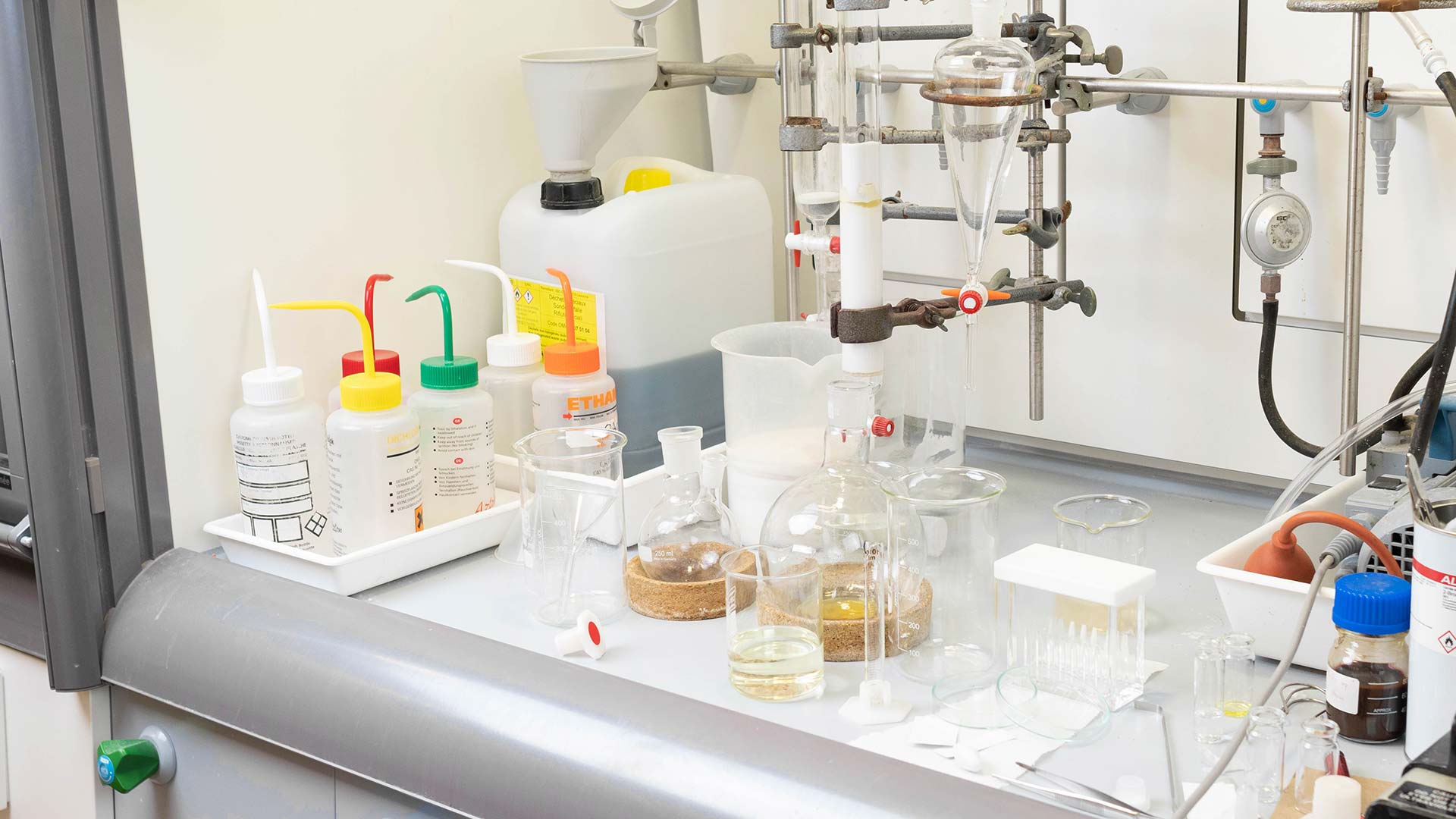
Chemical hazards
Chemical compounds possess several hazards. When working with chemical always look for substitution for a safer compound, read the label carefully and consult the safety data sheet.
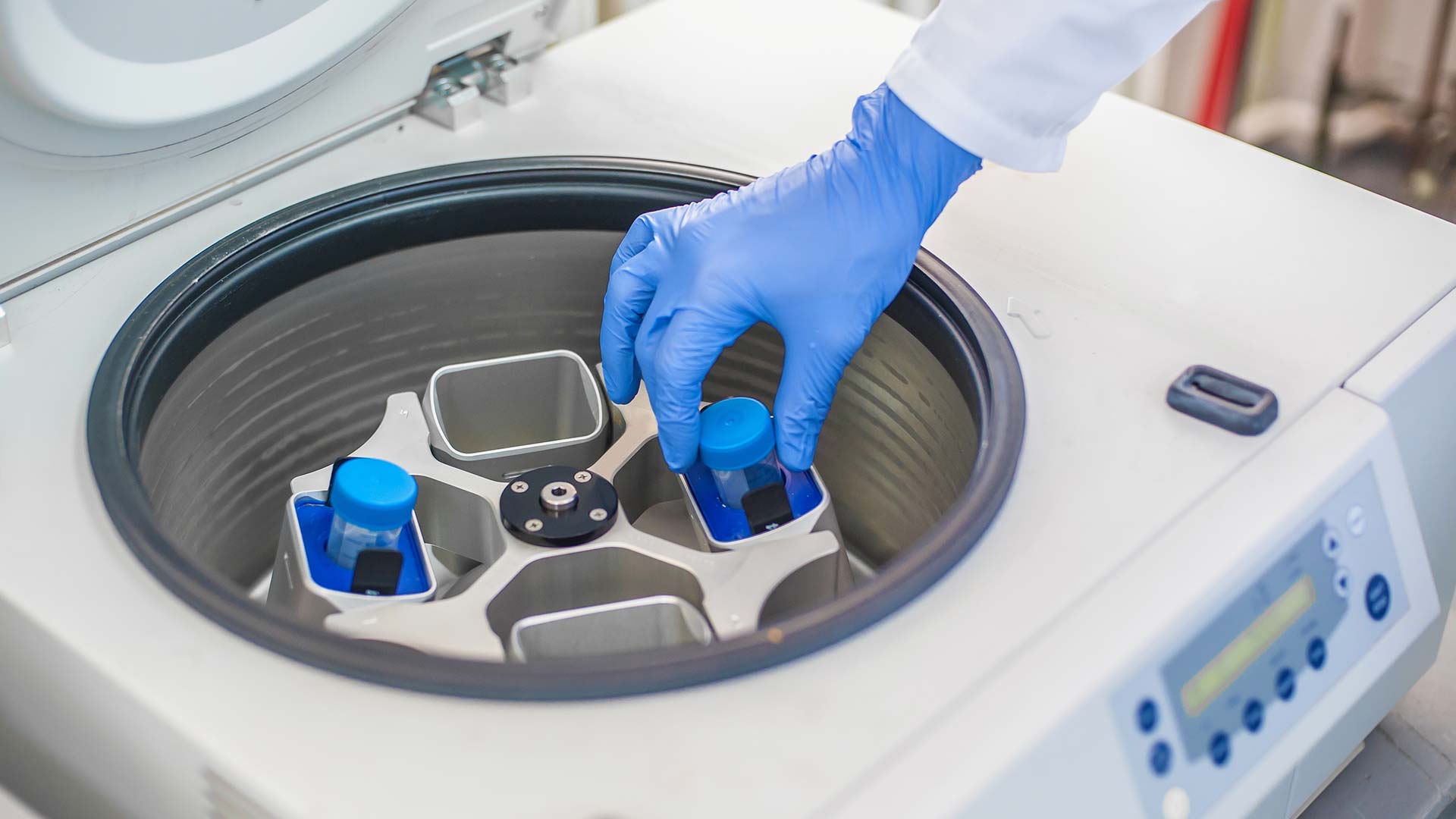
Biological hazards
Activities with biological material are separated in 4 class, related to the hazard of the strain manipulated, the scale of the activity, the steps, etc.
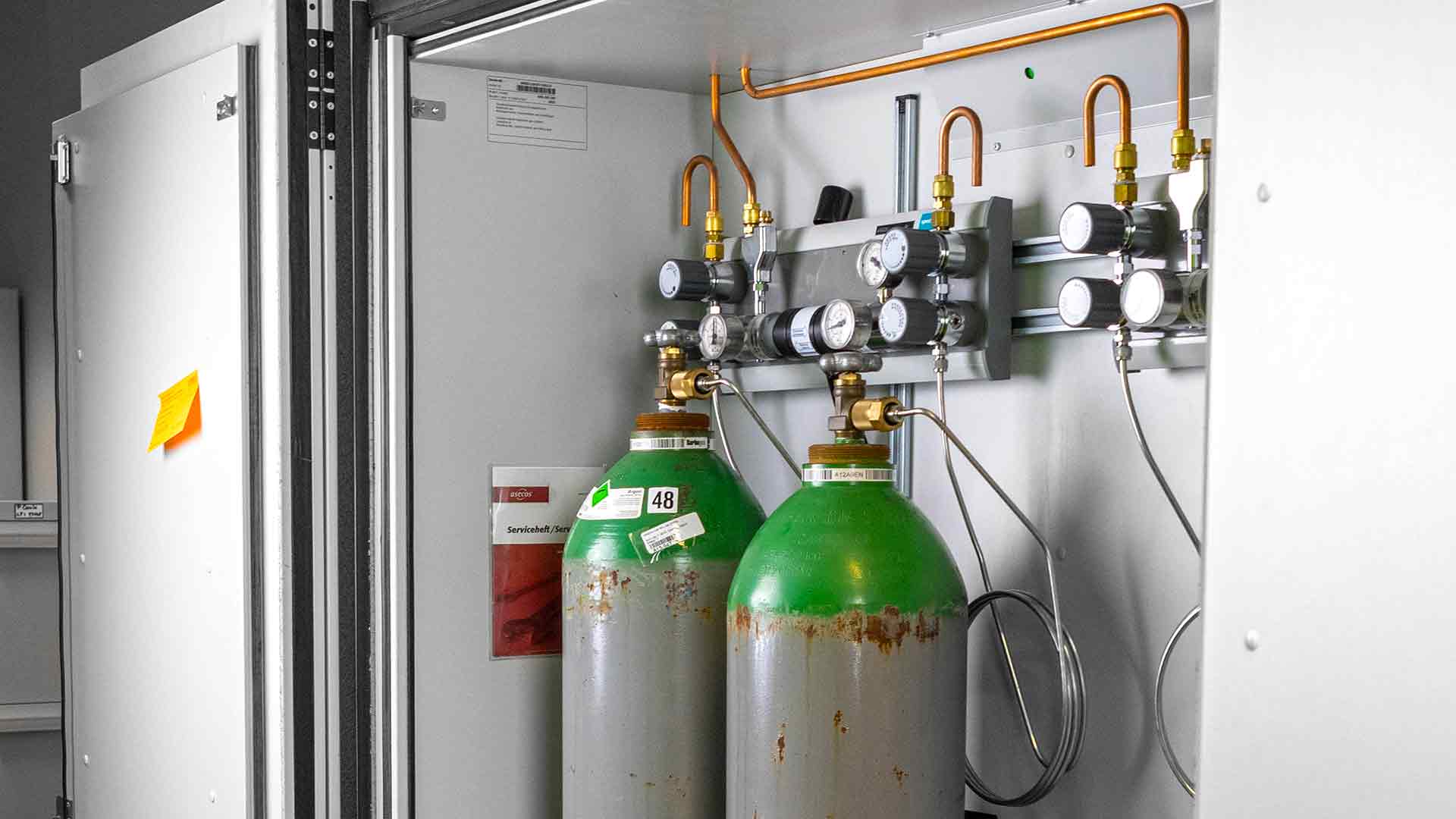
Compressed gases hazards
Compressed gas cylinders combine a physical hazard (high pressure) with a chemical one such as: inert/asphyxiting gases; flammable gases; oxidizing gases; toxic &/or corrosive gases
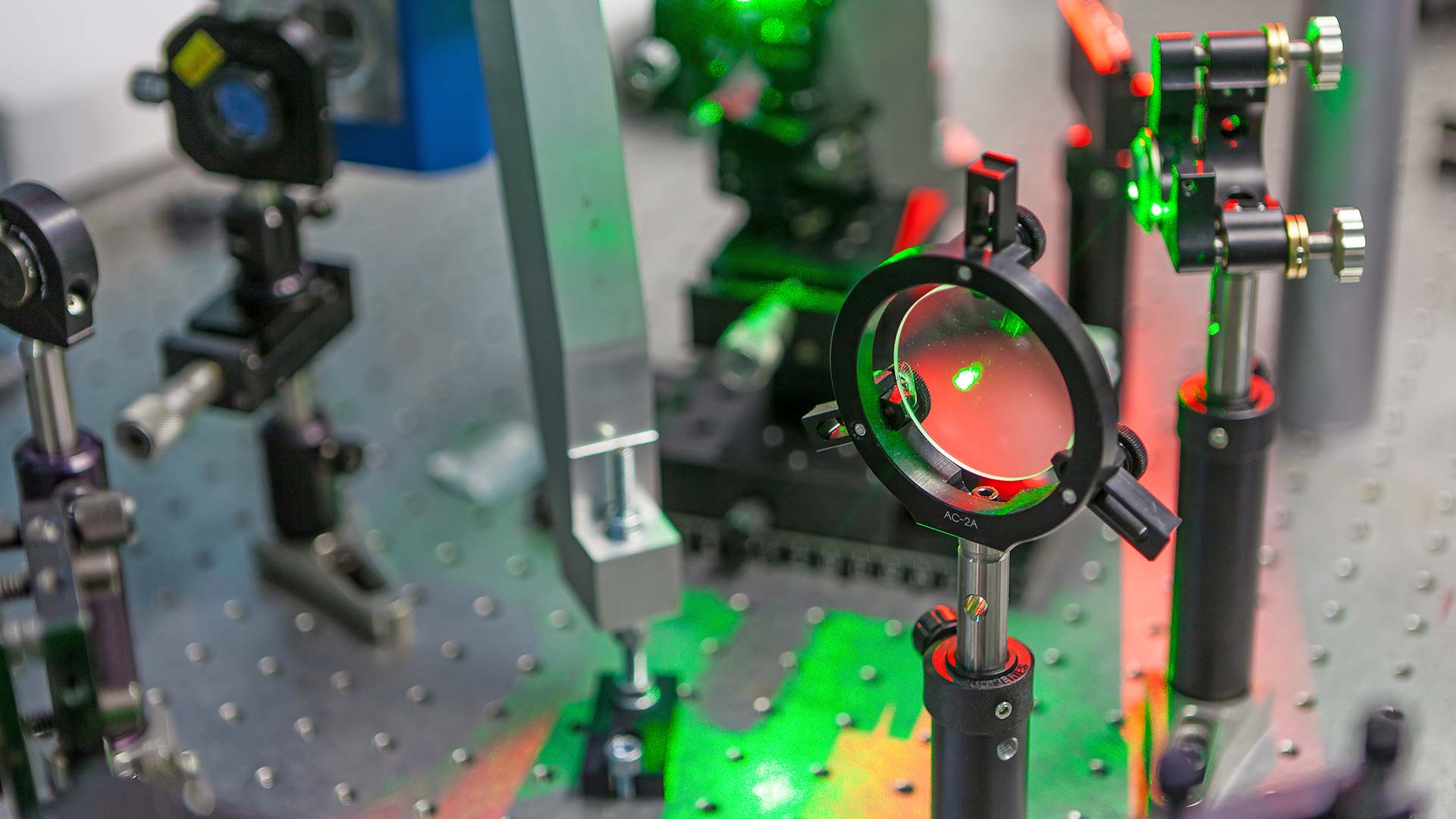
Laser hazards
Most lasers can cause eye and skin injuries to anyone who is exposed to the direct beam or its reflections.
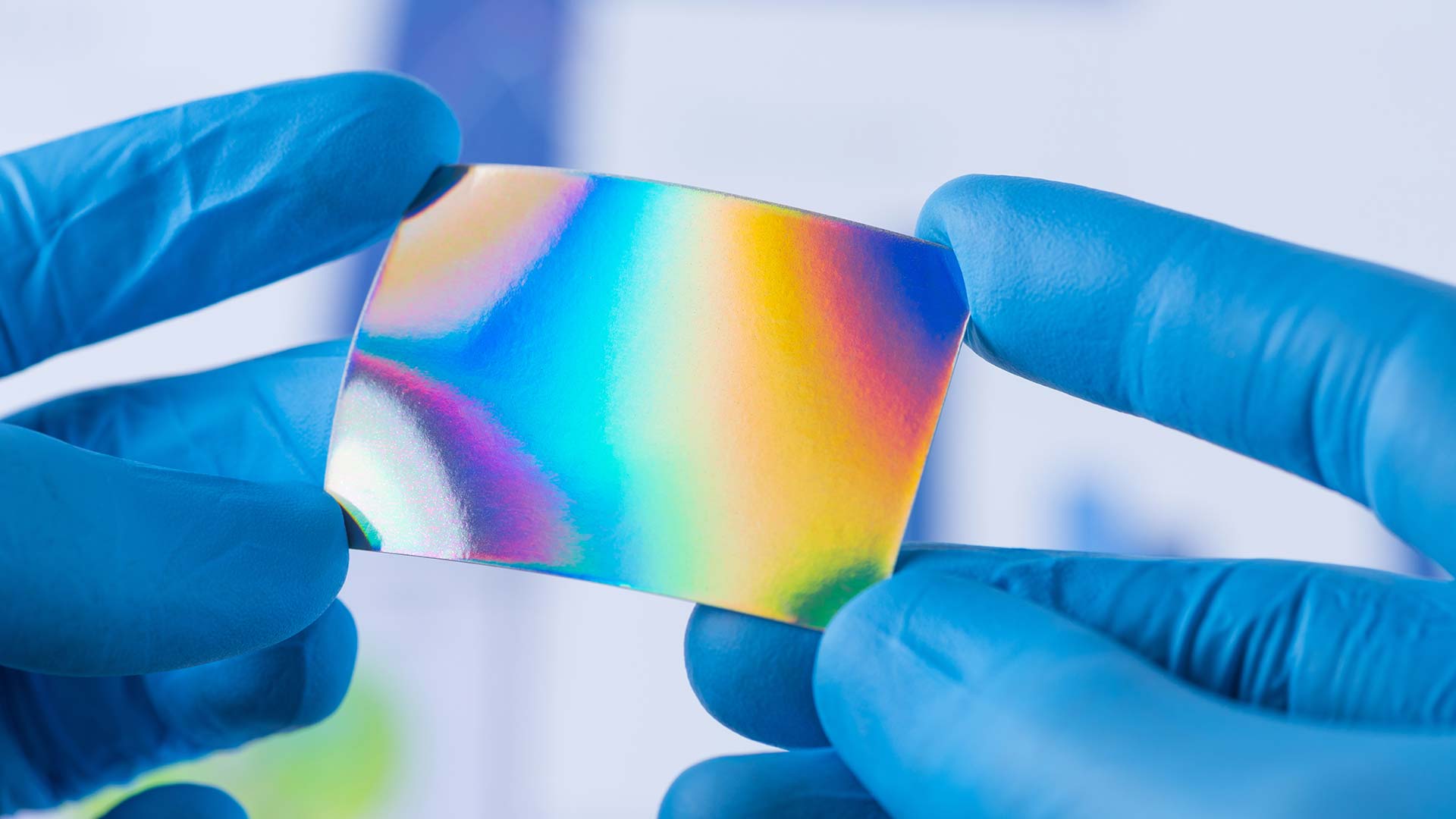
Nanomaterial hazards
Material whose 50% (at least) particles have one or more dimensions within 1 to 100 nm in size. Nanomaterials can be more harmful than their bulk counterpart.
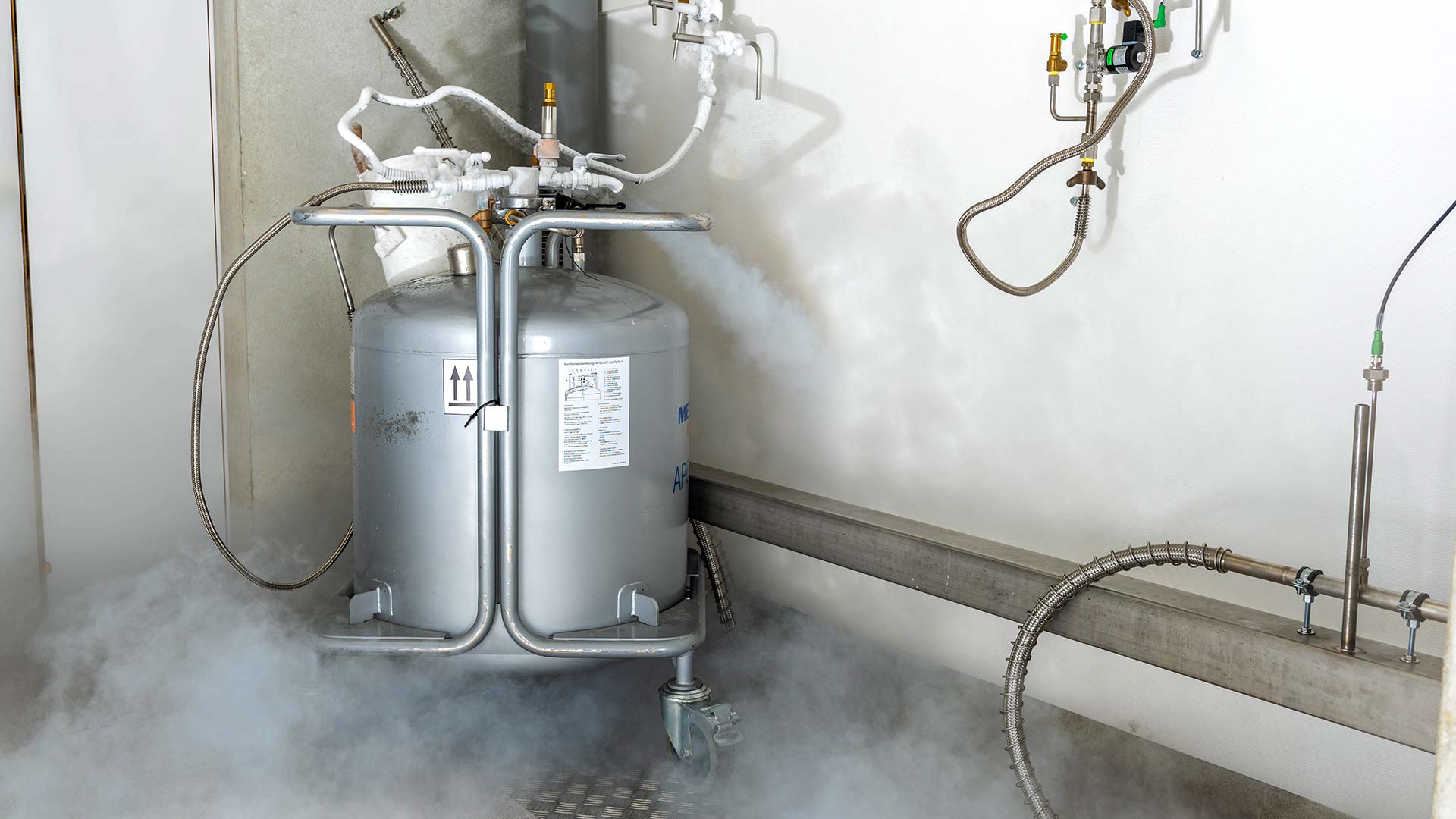
Cryogenic hazards
Frequently used for cooling systems, cryogenics combine, as for compressed gases, both chemical and physical hazards.
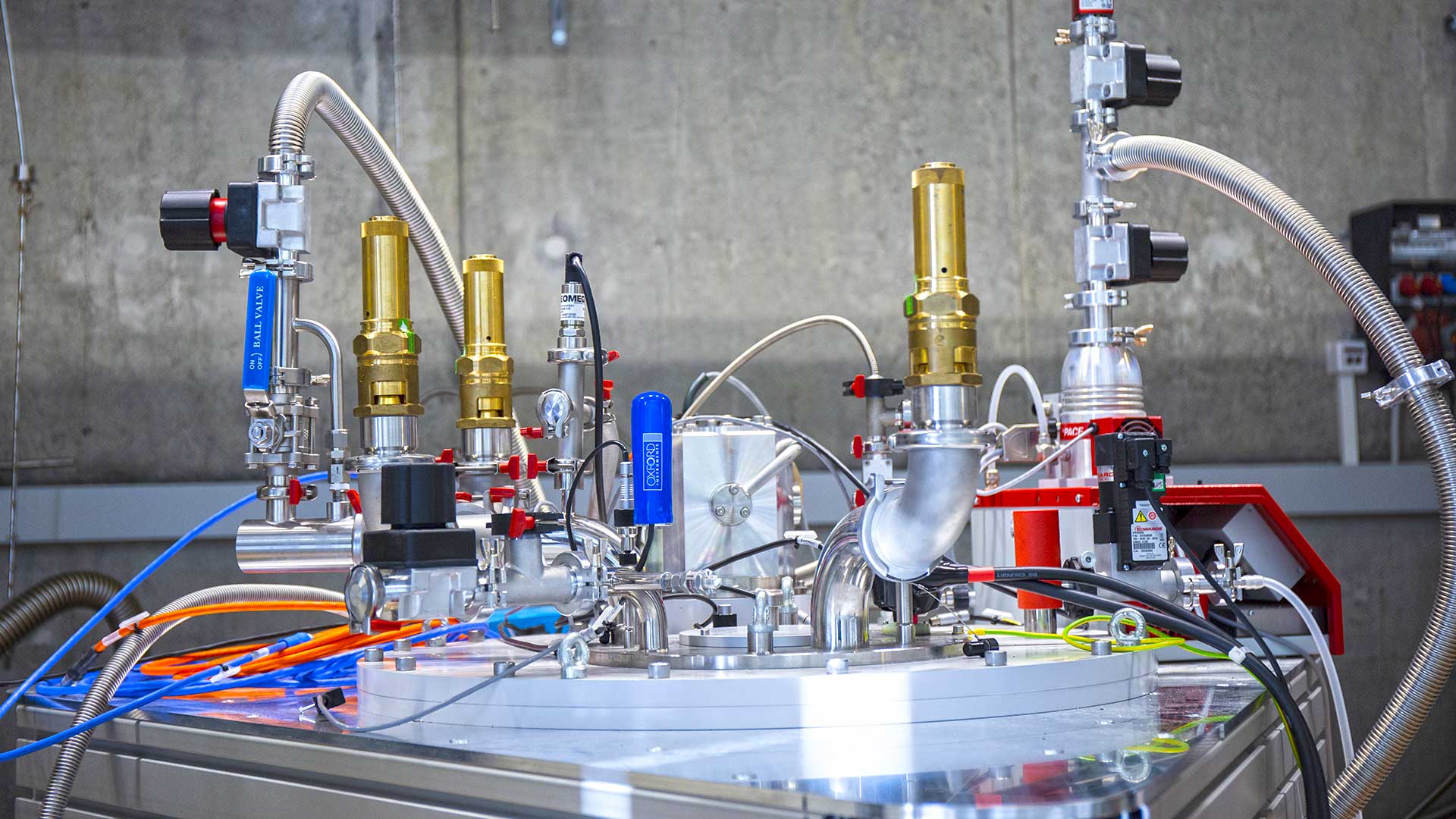
Static magnetic fields hazards
Magnetic fields generated by magnets are more and more powerful and involve a non negligible risk which must be mitigated.

Radioactive hazards
All radioactive activity is monitored and regulated as per legal bases. It is mandatory to follow measures and procedures indicated for any work with radioactive sources.
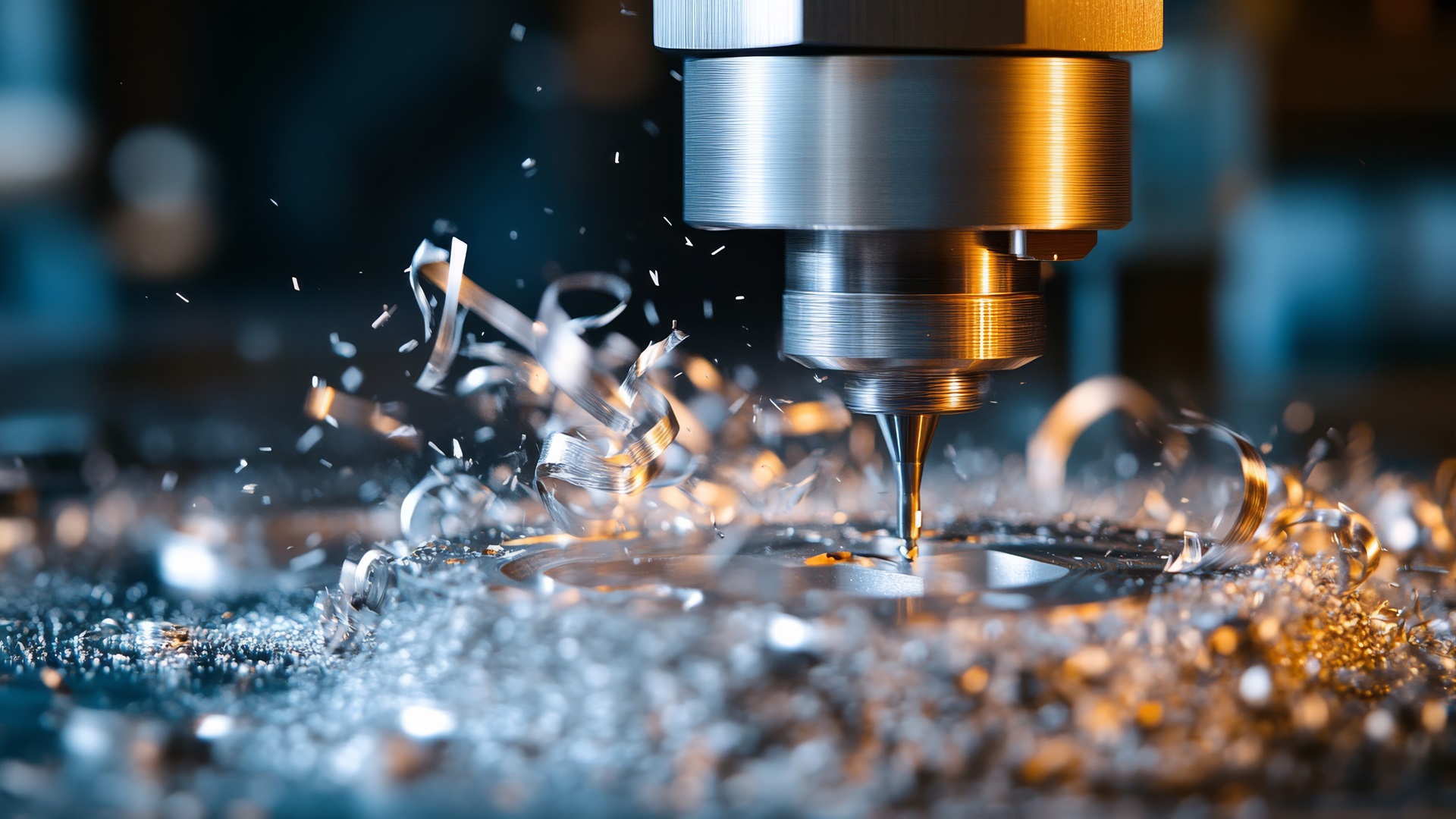
Mechanical hazards
The machines used in EPFL’s workshops are the source of several dangerous mechanical phenomena: cutting, severing, crushing, etc., which can add up to chemical, gas and electrical hazards.